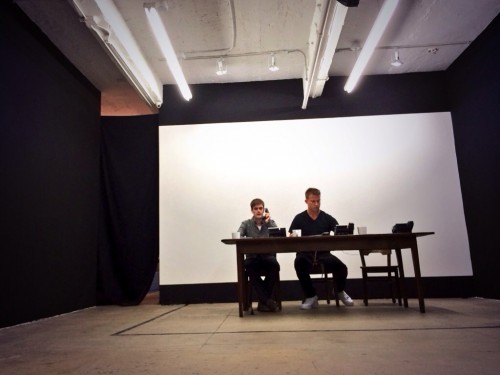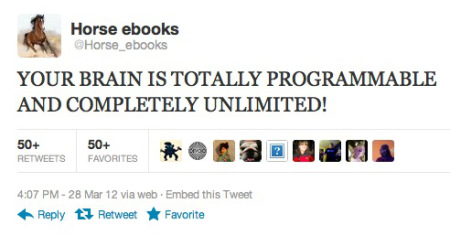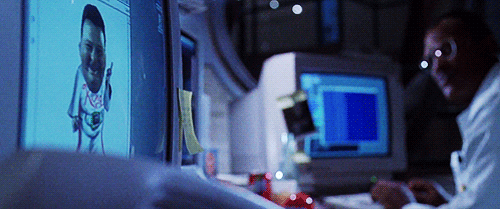
This week, the Bexar County Bibliotech Library opened in Texas. This library is unique in its all-digital format. It is a library without physical books. Instead, patrons have borrowing access to thousands of “e-books” and digital media materials, along with cloud space on which to store them. The library does have a physical building, which houses computers, laptops, kindles, and other hardware that people can borrow, or use on site. Patrons can also attend story time and literacy events at the library. This is not the first library of its kind, but may be the first one to remain fully digital. In 2002, the Santa Rosa Branch Library in Arizona got rid of bound books. However, in light of consumer complaints, the SRBL—like most libraries— now offers texts through both bound books and digital media.
Perhaps now the timing is better. If so, a library such as this poses a host of questions. How will a digitatized library interact with the digital divide? Will this exclude the less tech-savvy, or act as a means of spreading digital literacy? How will the library continue to support itself without late fees? Why did they choose to eliminate books entirely?
Mostly, though, I want to know what this library will smell like, and how this will shape the intellectual somatic experiences of a new generation. more...











